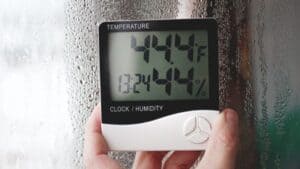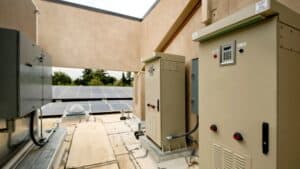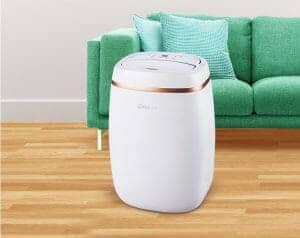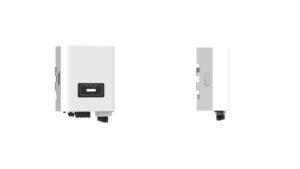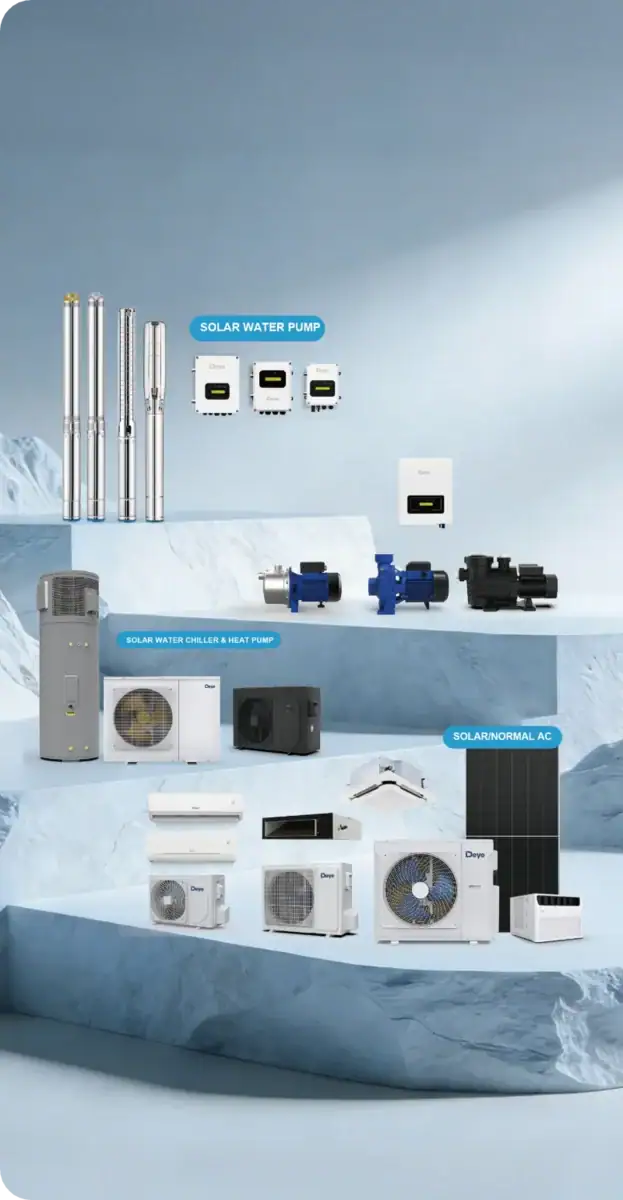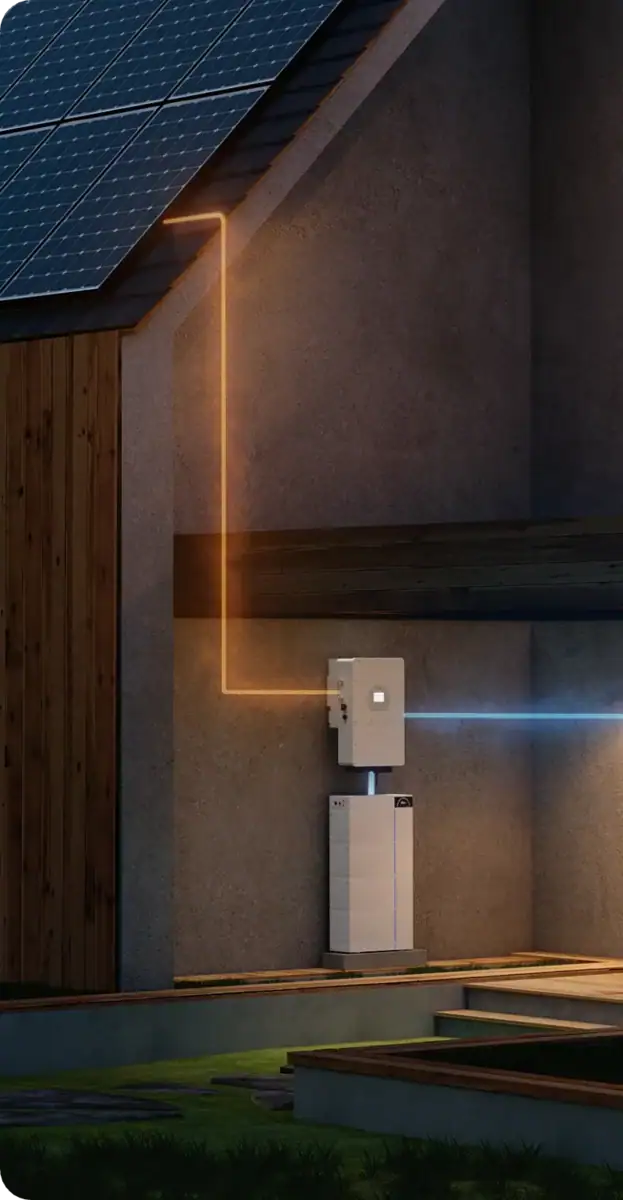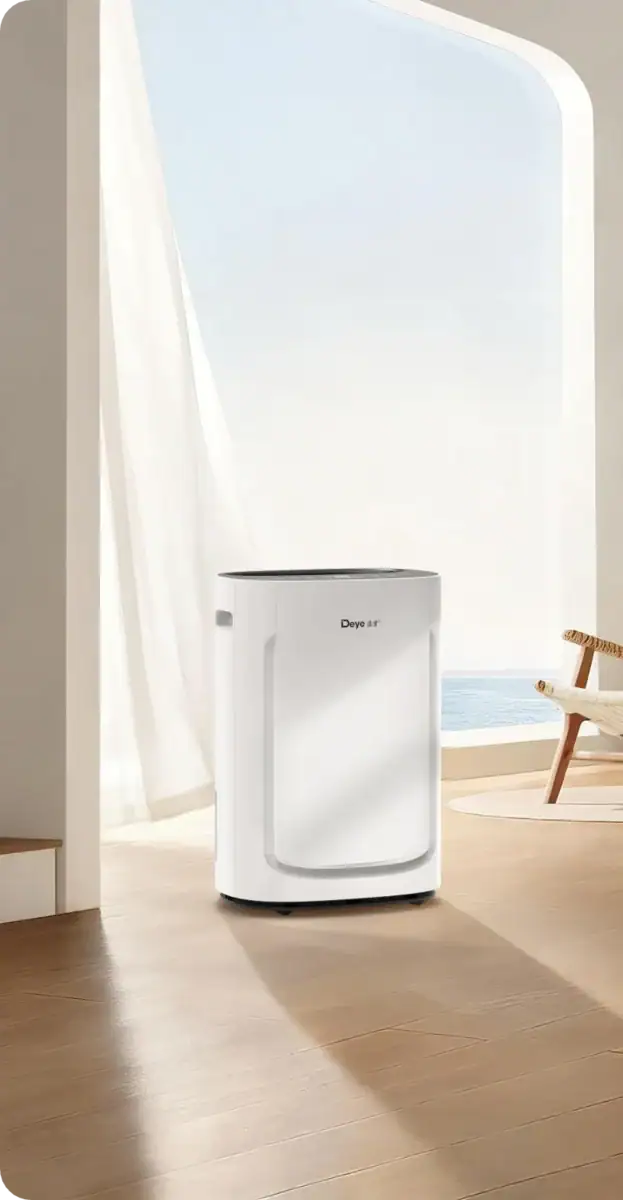Is the air in your home uncomfortable? It might be too damp or too dry. A humidifier adds moisture to the air, while a dehumidifier removes it.
In this guide, we’ll cover what each device does, its key benefits, and a simple checklist to help you decide which is the right choice for your home and health.
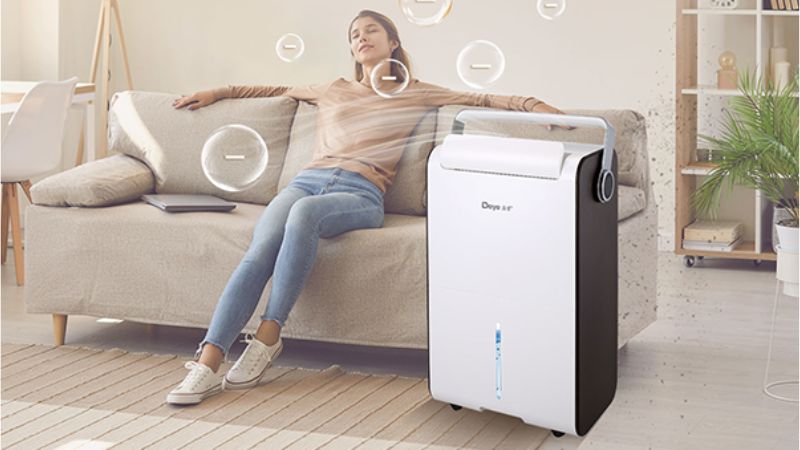
What is a Humidifier?
Let’s start with the basics. In simple terms, a humidifier is a device that adds moisture to the air. Think of it as a personal mister for your room. It takes water that you add to its reservoir and releases it into the air as a fine, invisible mist or vapor, raising the overall humidity level.
When to Use a Humidifier
The ideal humidity level for a home is generally between 30% and 50%. You’ll want to reach for a humidifier when your home’s humidity drops below 30%.
This most often happens in colder, drier climates or during the winter months. Why winter? Because when we turn on our furnaces and heating systems, they heat the air but also burn away much of its natural moisture, leaving it feeling dry and harsh.
Benefits of a Humidifier
Running a humidifier in a dry environment can feel like a breath of fresh air—literally. The benefits are split into two main categories: health and home.
For Your Health:
- Soothes Dry Skin and Airways: Say goodbye to that scratchy throat, itchy nose, and dry, flaky skin. Added moisture in the air helps keep your body hydrated and comfortable.
- Eases Cold and Flu Symptoms: If you’re battling a cold or sinus congestion, a humidifier can be your best friend. The moist air helps soothe inflamed airways, reduce coughing, and thin out mucus, making it easier to breathe.
- Reduces Snoring: Dry air can contribute to snoring. A humidifier can help moisturize the respiratory tract, which may lead to a quieter night’s sleep for everyone.
For Your Home:
- Protects Wood Furnishings: Dry air pulls moisture from wherever it can, and that includes your beautiful wooden floors, furniture, and trim. This can cause them to warp or crack over time. A humidifier helps preserve them.
- Reduces Static Electricity: Tired of those painful little shocks? By adding moisture to the air, a humidifier dramatically reduces the static buildup that’s common in dry conditions.
- Happy Houseplants: Many popular indoor plants, especially tropical ones, thrive in more humid conditions. A humidifier can help your green friends flourish.
What is a Dehumidifier?
Now, let’s flip the script. If a humidifier adds moisture, a dehumidifier does the exact opposite: it removes excess moisture from the air. It works a bit like a mini-refrigerator. It pulls in warm, humid air from your room, cools it down rapidly over refrigerated coils to condense the water vapor, and then collects the water in a bucket or drains it away. The drier, slightly warmer air is then released back into the room.
When to Use a Dehumidifier
You should consider using a dehumidifier when your home’s humidity is consistently above 50-60%.
This is common in hot, humid climates (especially during the summer) or in specific areas of any home that are prone to dampness. Think basements, crawl spaces, laundry rooms, and bathrooms without proper ventilation. These spaces often trap moisture, creating the perfect environment for problems to grow.
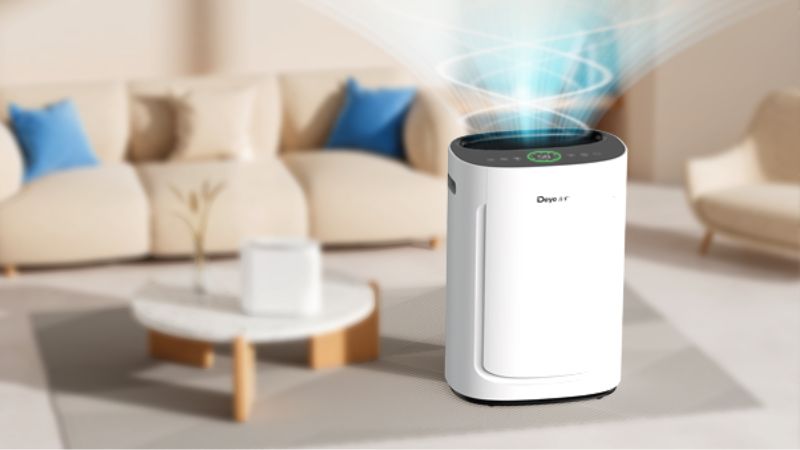
Benefits of a Dehumidifier
Pulling that extra moisture out of the air does more than just make a room feel less “sticky.” It has significant benefits for your health and home.
For Your Health:
- Prevents Mold and Mildew: This is the big one. Mold, mildew, and dust mites thrive in damp conditions. By drying out the air, a dehumidifier eliminates the environment these common allergens need to grow, which can dramatically improve indoor air quality and help with allergies and asthma.
- Improves Respiratory Comfort: For people sensitive to dampness, high humidity can make the air feel heavy and difficult to breathe. A dehumidifier makes the air lighter and more comfortable.
For Your Home:
- Eliminates Musty Odors: That damp, musty smell common in basements is usually caused by mold and mildew. A dehumidifier tackles the root cause, helping your home smell fresh and clean.
- Protects Your Property: Excess moisture can wreak havoc on your home. It can cause paint to peel, wallpaper to bubble, and wood to rot. You might also notice condensation forming on windows. A dehumidifier helps protect your home’s structural integrity.
- Helps Clothes Dry Faster: If you hang clothes to dry indoors, a dehumidifier can significantly speed up the process and prevent that lingering damp smell.
Humidifier vs. Dehumidifier: A Head-to-Head Comparison
To make it even simpler, here’s a quick side-by-side look at what each device does.
| Feature | Humidifier | Dehumidifier |
| Main Goal | Adds moisture to the air | Removes moisture from the air |
| Ideal For | Dry air, winter months, cold climates | Damp air, summer months, humid climates |
| Solves | Dry skin, static, cracked wood, congestion | Mold, musty smells, condensation, stickiness |
| Process | Releases a fine mist or vapor | Pulls in air, cools it, collects water |
| Water | You add water for it to run | You empty the water it collects |
Which One Do You Need? A Quick Checklist
Still not sure? Run through this simple checklist. The more points you check off in a category, the clearer your answer will be.
You probably need a HUMIDIFIER if…
- You or your family frequently wake up with a scratchy throat or dry, stuffy nose.
- Your skin and lips are constantly dry and chapped during certain seasons.
- You get zapped by static electricity when you touch metal objects or pets.
- You have wooden furniture or floors with visible gaps or cracks.
- Your houseplants are looking droopy and sad, despite regular watering.
You probably need a DEHUMIDIFIER if…
- You see condensation (fog or water droplets) forming on the inside of your windows.
- There are musty or mildewy smells lingering in your basement, bathroom, or closets.
- You’ve found small, dark mold spots growing on walls, ceilings, or in the corners of a room.
- The air in your home feels clammy or sticky, even when it’s not particularly hot.
- Your allergy symptoms seem worse when you’re at home.
Can You Use a Humidifier and Dehumidifier Together?
This is a question that comes up a lot, and it’s a good one. Since they do opposite things, you should not use a humidifier and a dehumidifier in the same room at the same time. If you did, they would simply work against each other, wasting electricity and achieving nothing.
However, you absolutely can—and many people do—use both devices in the same home, just for different reasons and in different locations or seasons.
Here’s a perfect example:
- You might run a dehumidifier in your damp basement all summer long to prevent mold growth and that musty smell.
- Then, in the winter, you could use a humidifier in your bedroom at night to combat the dry air from your furnace and help you breathe more easily while you sleep.
It’s all about creating the right environment for each specific part of your home, at the right time of year.
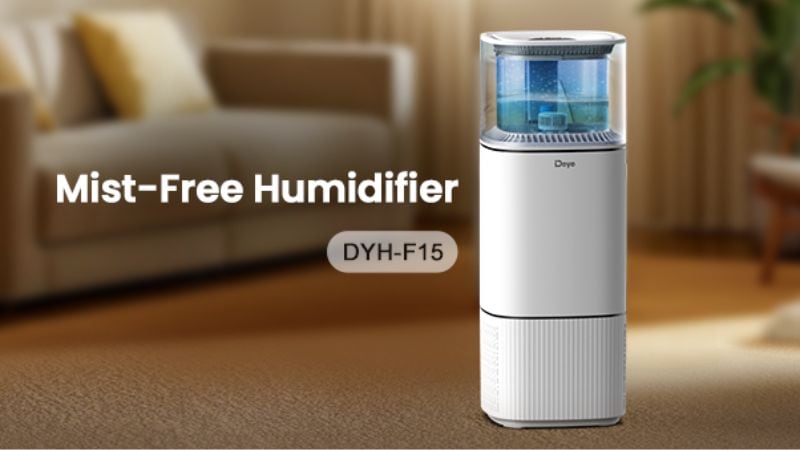
Ready to Take Control of Your Home’s Humidity? Discover Deye Dehumidifiers
If you’ve used a hygrometer and found that your home’s air is too damp (consistently above 50-60%), a dehumidifier is your next step. When considering a solution, you’ll want a device that is effective, efficient, and easy to live with. This is where Deye’s range of home dehumidifiers comes in.
Deye dehumidifiers are designed not just to solve dampness but to improve your overall living environment. Here’s why they stand out:
- Energy-Efficient Operation: Deye dehumidifiers are optimized to remove moisture without causing a spike in your electricity bill, making them a smart choice for long-term use.
- Whisper-Quiet Performance: With noise levels as low as 36dB, these units are perfect for use in bedrooms and living areas, running quietly in the background without disrupting your daily life.
- Smart and Convenient: Features like programmable timers, LED touch displays, and auto-humidistats allow you to set your desired humidity level and let the device do the rest. Many models also include a continuous drain facility, so you can say goodbye to the chore of emptying a water bucket.
- Advanced Air Purification: Beyond just removing moisture, Deye dehumidifiers also help improve indoor air quality by filtering out dust mites and other allergens that thrive in damp conditions.
Whether you need a solution for a specific room or your entire home, Deye offers a comprehensive range of energy-efficient dehumidifiers to create a healthier, more comfortable space. You can also check out our Mist Free Humidifier here. By choosing the right Deye model, you can effectively prevent mold, eliminate musty odors, and protect your home and health from the effects of excess humidity.

